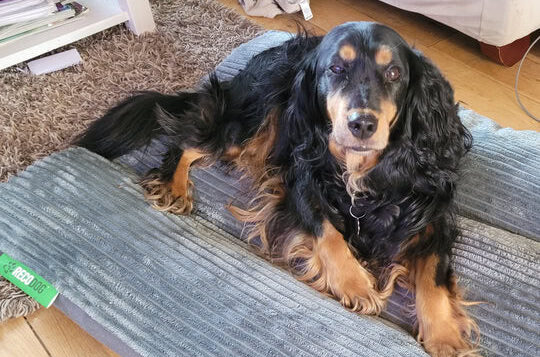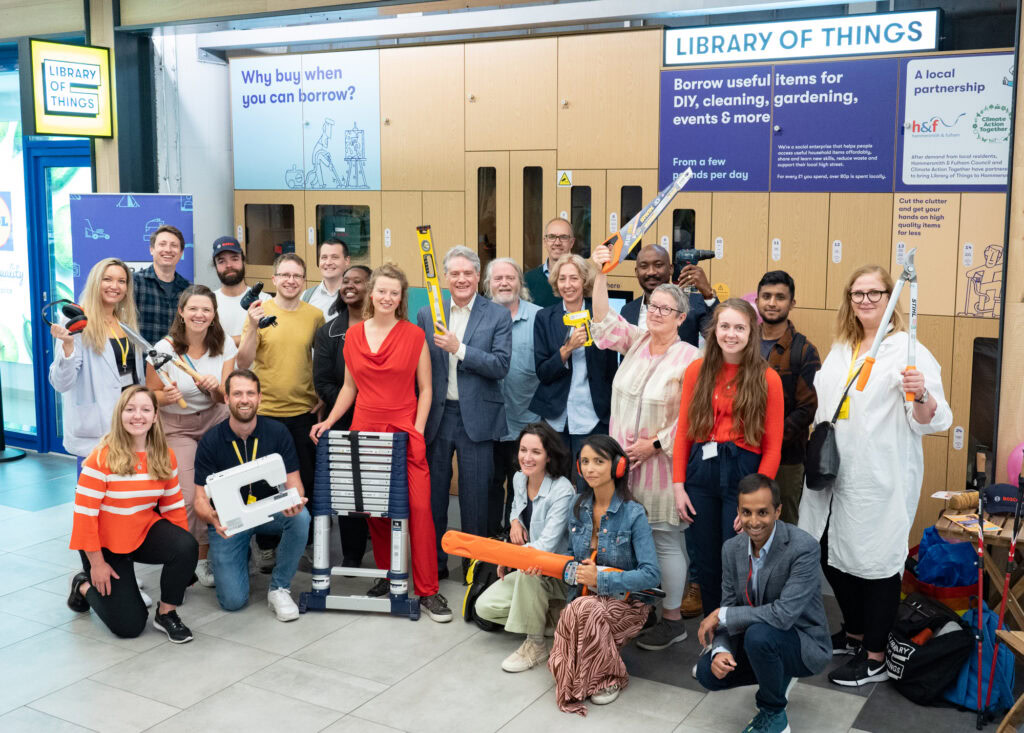The Irish capital's four councils – Dublin city, Fingal, Dun Laoghaire-Rathdown and South Dublin – want to build the £200 million Combined Heat and Power plant on the Poolbeg Peninsula, Ringsend.
Dublin city council is leading the bid to secure the facility, which is expected to be fully operational by 2012, if work begins by early 2009 as planned. The city has signed a contract with US-owned energy from waste specialist Covanta Energy and Danish energy firm DONG Energy Generation to build the plant, which will be funded through a Public Private Partnership initiative.
The application submitted to the planning board – An Bord Pleanála – received 2,500 objections and was opposed by some politicians including environment minister, John Gormley, in whose constituency the EfW plant will be built.
However, this week An Bord Pleanála, approved the facility with conditions. Inspector Padraic Thornton, who listened to oral evidence at an inquiry earlier in the year, rejected in his report, many of the complaints made by opponents.
He said the facility “would not be prejudicial to public health” and “would not be visually out of character or detract from the visual amenities of the area”.
And, he added that it would “not adversely affect the integrity” of any “designated site of ecological significance in the vicinity”. Mr Thornton also stated that the EfW plant “could be accommodated on the road network and would be acceptable in terms of traffic safety”
The conditions he set down included capping the amount of waste treated in the facility at 500,000 tonnes in any twelve month period, although he choose to retain the capacity at 600,000 tonnes.
Community fund
Also, he stated that a Community Gain Fund should be established to support facilities and services which would benefit the local community. This provision had already been agreed by Dublin city in its application and includes a once-off capital contribution as well as an annual contribution based on tonnage, following commissioning of the plant.
Mr Thornton also recommended that a compulsory purchase order to buy the site be approved.
To proceed with the plans, Dublin must await the outcome of a licence application for the site and the Irish Environmental Protection Agency has said it is “very close to making a decision” on this.
The city's current recycling rate is 40% and its long-term aim is to recycle 59% of its waste, send 16% to landfill and incinerate 25% of it in the EfW plant. This will provide 56 megawatts of electricity a year to the local grid – providing 50,000 homes with electricty and 60,000 homes with heating.
For Dublin's waste management strategy, the energy-from-waste plant is a key component in meeting European landfill diversion targets and John Singleton, project engineer of the city council's environment and engineering department, said “It would be very difficult to meet targets for 2013 without this”.
MBT
Opponents of the EfW had suggested some form of mechanical biological treatment but Mr Singleton said: “We have a problem with MBT. It's a series of technologies, as well as different configurations. It produces a poor quality compost and a high calorific fraction which if you landfill you lose and if you burn it you have incineration.”
The city has signed a contract with US-owned energy from waste specialist Covanta Energy and Danish energy firm DONG Energy Generation to build the plant, which will be funded through a Public Private Partnership initiative.








Subscribe for free